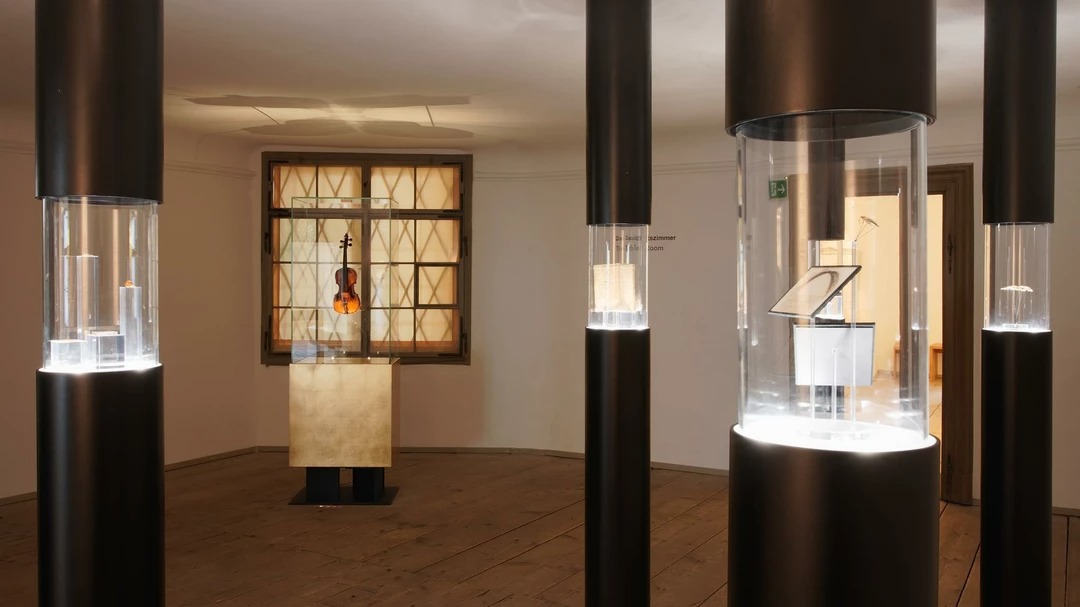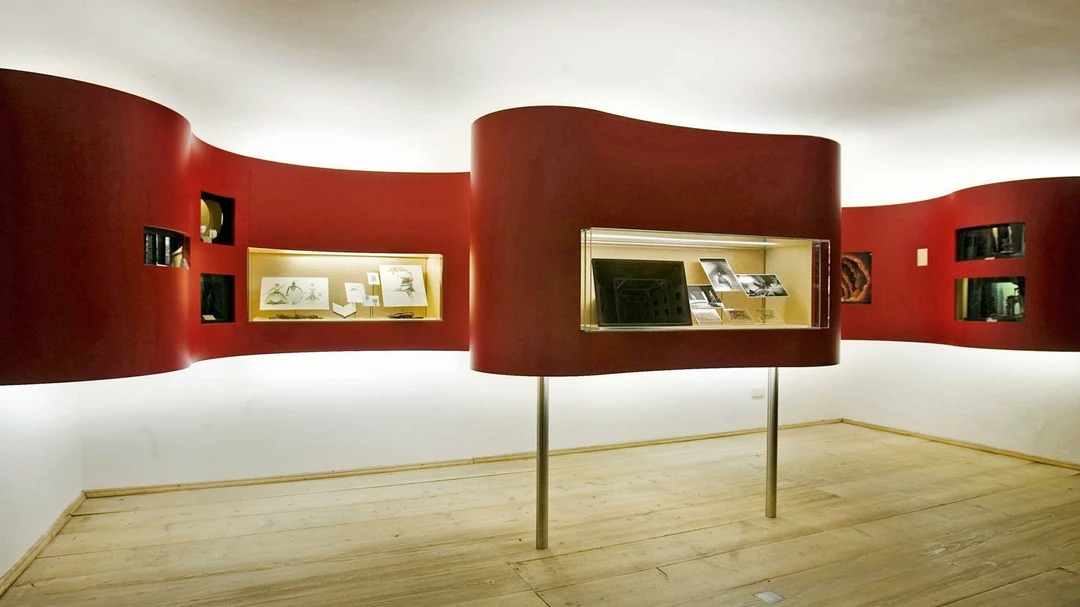Exploring Mozart’s Birthplace: A Glimpse Into The Early Life Of A Musical Legend
Mozart’s Birthplace, located at No. 9 Getreidegasse in Salzburg, Austria, is a special place for anyone who loves music or history.
This historic house is where the famous composer Wolfgang Amadeus Mozart was born on January 27, 1756.
The house, also known as Mozarts Geburtshaus or Hagenauerhaus, is now a museum dedicated to Mozart’s early life and music.

The History of Mozart’s Birthplace
The house was built in the 12th century on land that once belonged to the Benedictine monks of St. Peter’s in Salzburg.
Over the centuries, the property passed through various owners, including a merchant named Otto Keutzel in 1408 and Chunrad Fröschmoser, a court apothecary, in 1585.
You can still see a symbol carved above the doorway—a coiled serpent in a lion’s mouth, representing Asclepius, the Greek god of medicine—left from Fröschmoser’s ownership.

In 1703, the house was bought by the Hagenauer family.
It was Joseph Matin Hagenauer and Johann Laurenz Hagenauer who became the landlords of Leopold Mozart, Wolfgang’s father.
After marrying Anna Maria Pertl in 1747, Leopold rented an apartment on the third floor of the house.

The apartment was modest, consisting of a kitchen, living room, small cabinet, bedroom, and office.
It was here that Wolfgang Amadeus Mozart, the seventh child of Leopold and Anna Maria, was born.
The family lived in this apartment until 1773 before moving to another house now known as the “Mozart Residence” on Makartplatz Square.

The Museum Today
Since 1880, Mozart’s Birthplace has been a museum that offers visitors a detailed look into the early life of the composer.
The museum spans three floors, each with exhibits that tell different parts of Mozart’s story.
On the third floor, you’ll find some of Mozart’s first musical instruments, including his childhood violin and harpsichord.
There are also letters, portraits, and early editions of his music.
This floor gives you a sense of Mozart’s early years in Salzburg and how he developed into the musical genius we know today.

The second floor focuses on Mozart’s love for opera.
One of the highlights is the clavichord on which he composed “The Magic Flute.”
The floor also features other items related to his operatic works.

On the first floor, the museum has recreated a typical living space from Mozart’s time, complete with period furniture.
This floor shows what life was like in Salzburg during the 18th century and how the Mozart family lived.
The museum also displays original documents and paintings that provide more insight into Mozart’s life and the world he lived in.
One of the most famous items in the museum is an unfinished portrait of Mozart, painted by his brother-in-law Joseph Lange in 1789.
This portrait, along with pictures from Mozart’s childhood.

A Modern Touch
In March 2024, a new art installation called “Flying Notes. K.265.” was added to the building’s façade.
Created by Salzburg artist Andreas Feldinger, the installation features musical notes from Mozart’s “Ah, vous dirai-je Maman KV 265” (also known as “Twinkle, Twinkle, Little Star”) displayed in transparent red on a white canvas.
The notes seem to dance across the building, changing with the light and wind.
This modern tribute to Mozart’s work is on display until August 2024.

